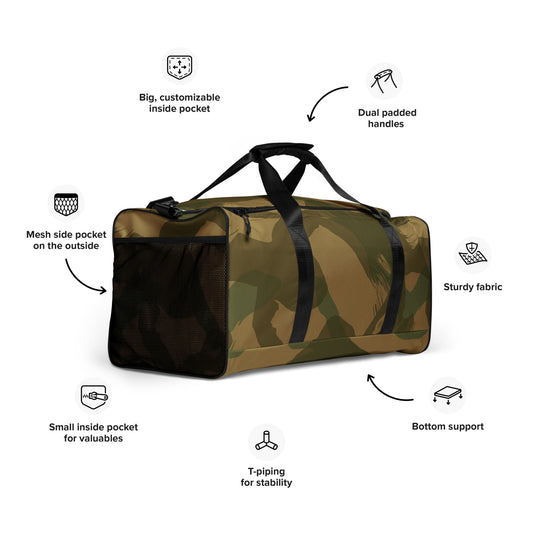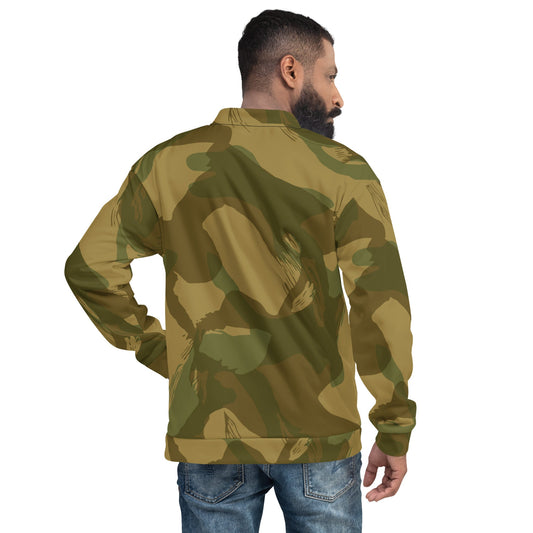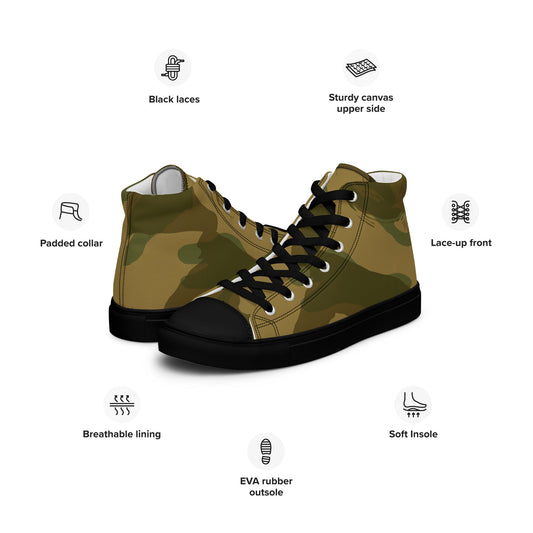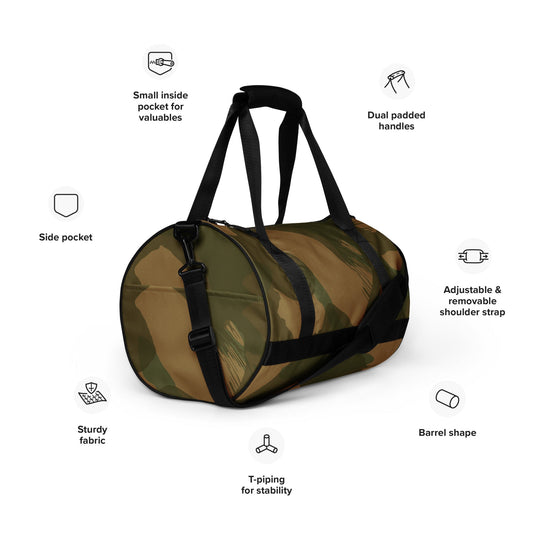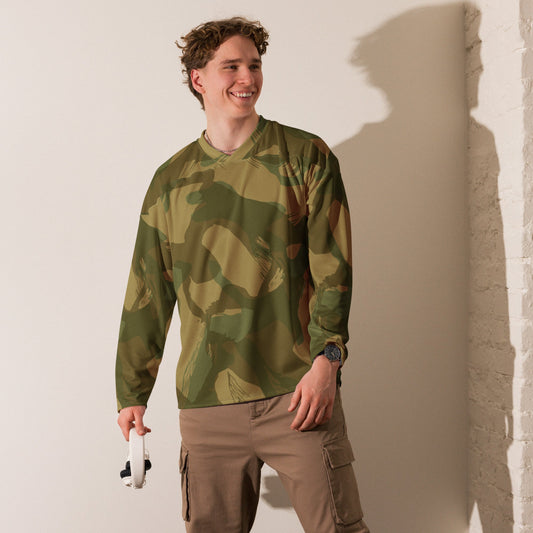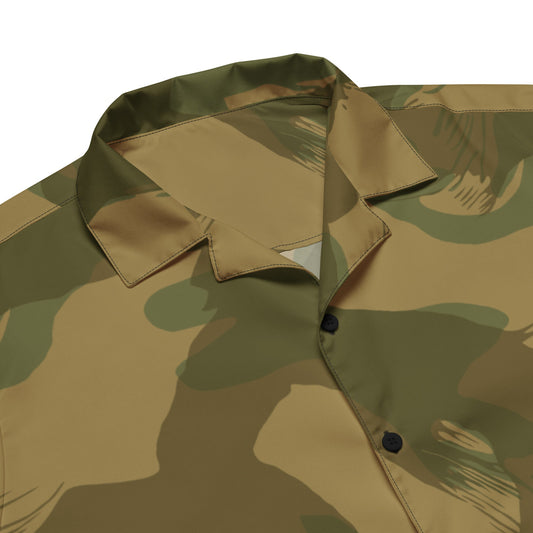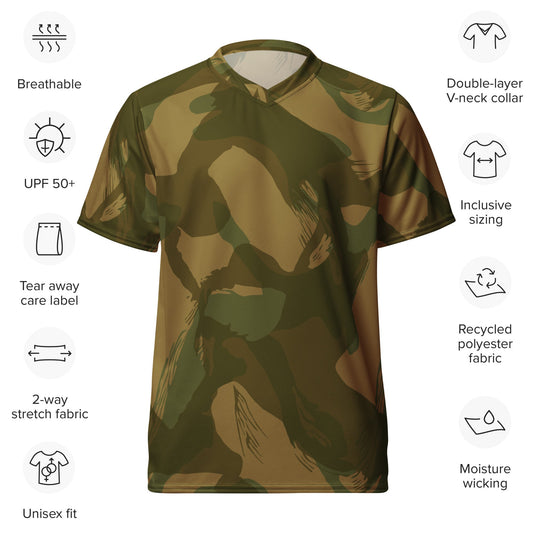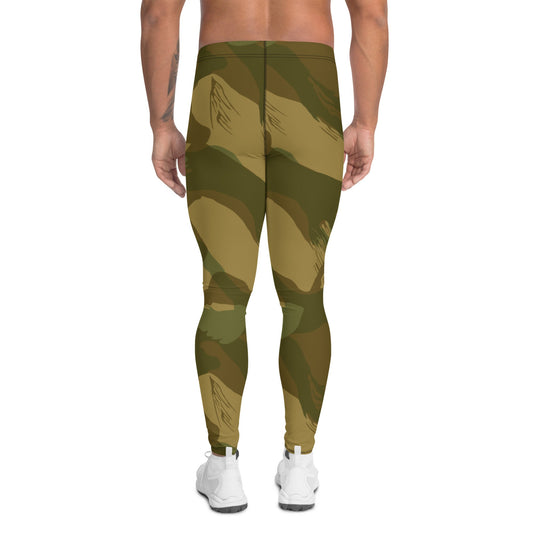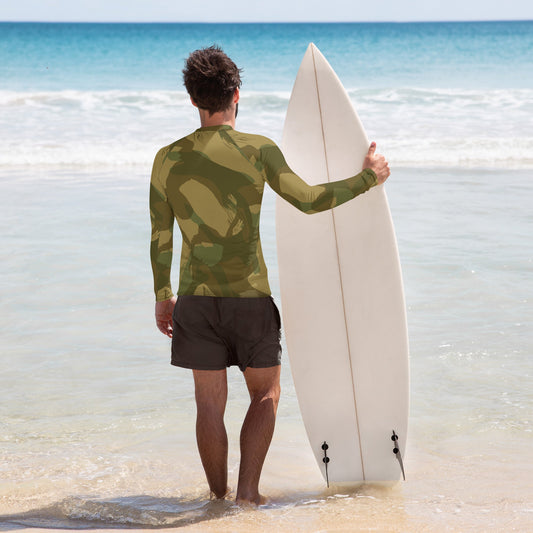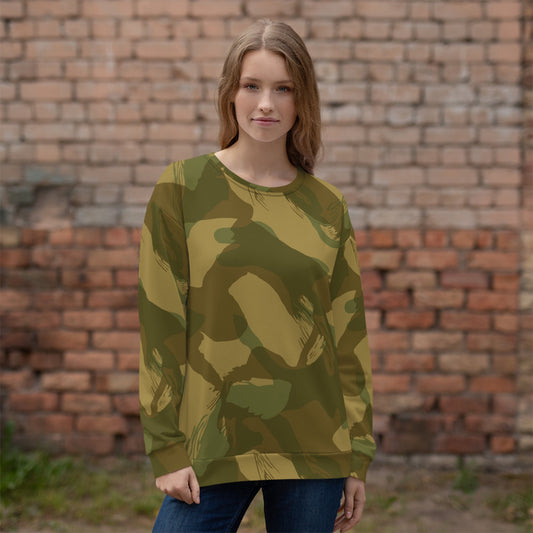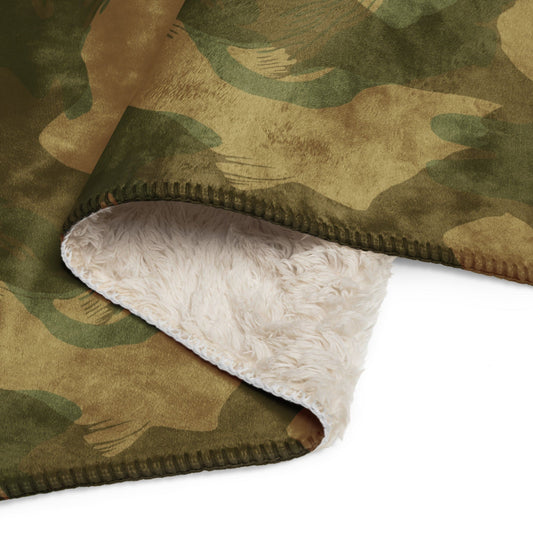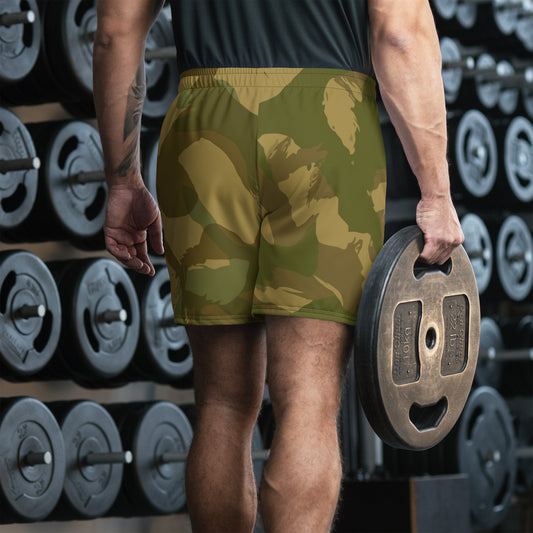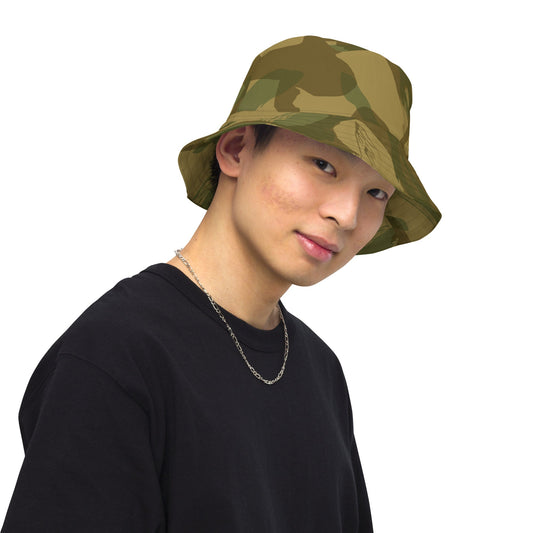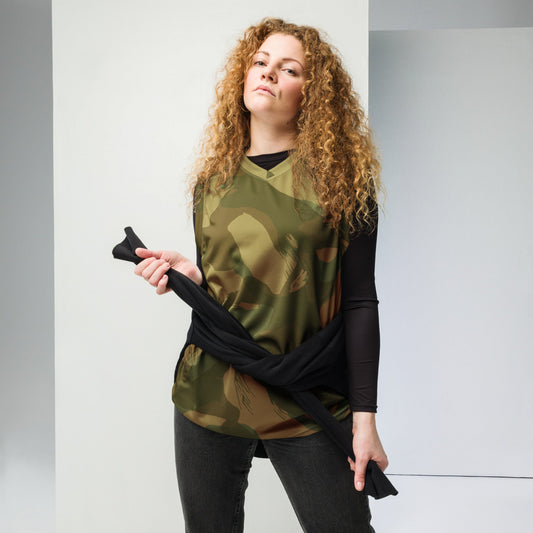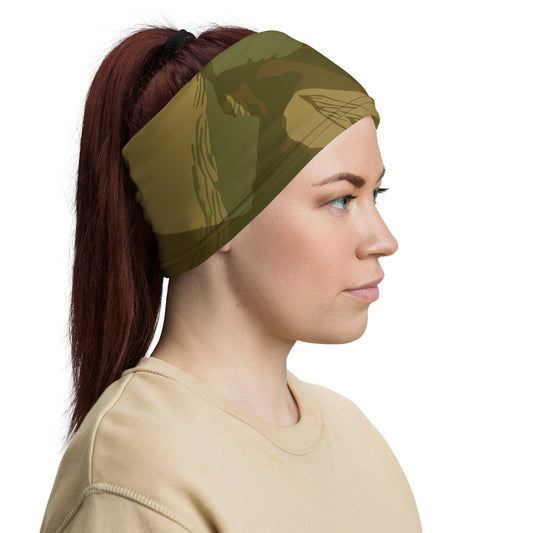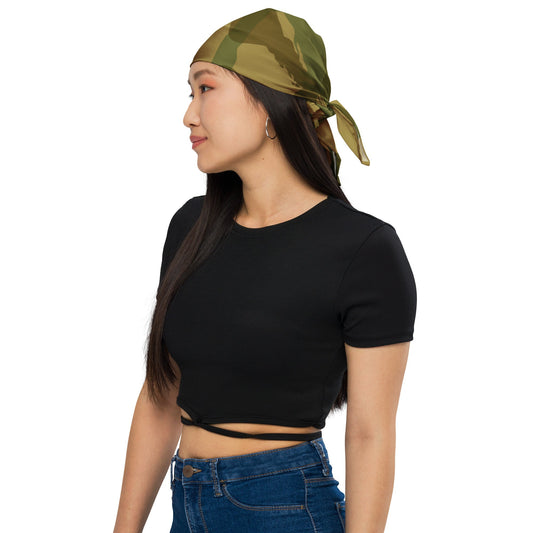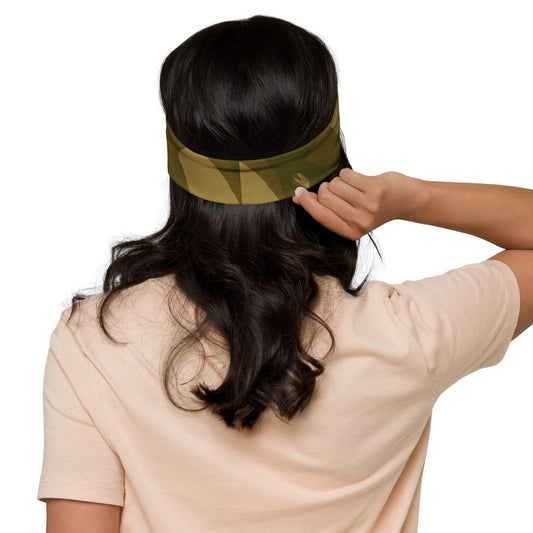-
British Denison Airborne CAMO Unisex zip hoodie
Regular price $69.00Regular price -
British Denison Airborne CAMO Duffle bag
Regular price $69.00Regular price -
British Denison Airborne CAMO Unisex Hoodie
Regular price $69.00Regular price -
British Denison Airborne CAMO Unisex Bomber Jacket
Regular price $69.00Regular price -
British Denison Airborne CAMO Mens high top canvas shoes
Regular price $59.00Regular price -
British Denison Airborne CAMO gym bag
Regular price $57.00Regular price -
British Denison Airborne CAMO hockey fan jersey
Regular price $49.00Regular price -
British Denison Airborne CAMO Unisex button shirt
Regular price $49.00Regular price -
British Denison Airborne CAMO unisex sports jersey
Regular price $49.00Regular price -
British Denison Airborne CAMO unisex wide-leg pants
Regular price $49.00Regular price -
British Denison Airborne CAMO Mens Leggings
Regular price $49.00Regular price -
British Denison Airborne CAMO Mens Long-sleeve Rash Guard
Regular price $49.00Regular price -
British Denison Airborne CAMO Backpack
Regular price $49.00Regular price -
British Denison Airborne CAMO Unisex Sweatshirt
Regular price $49.00Regular price -
British Denison Airborne CAMO Mens Joggers
Regular price $49.00Regular price -
British Denison Airborne CAMO Sherpa blanket
Regular price From $39.00Regular price -
British Denison Airborne CAMO Mens Athletic T-shirt
Regular price $39.00Regular price -
British Denison Airborne CAMO Unisex Athletic Long Shorts
Regular price $39.00Regular price -
British Denison Airborne CAMO Mens t-shirt
Regular price $33.00Regular price -
British Denison Airborne CAMO Reversible bucket hat
Regular price $32.00Regular price -
British Denison Airborne CAMO unisex basketball jersey
Regular price $31.00Regular price -
British Denison Airborne CAMO Neck Gaiter
Regular price $21.00Regular price -
British Denison Airborne CAMO Beanie
Regular price $19.00Regular price -
British Denison Airborne CAMO bandana
Regular price From $15.00Regular price -
British Denison Airborne CAMO Headband
Regular price $15.00Regular price





